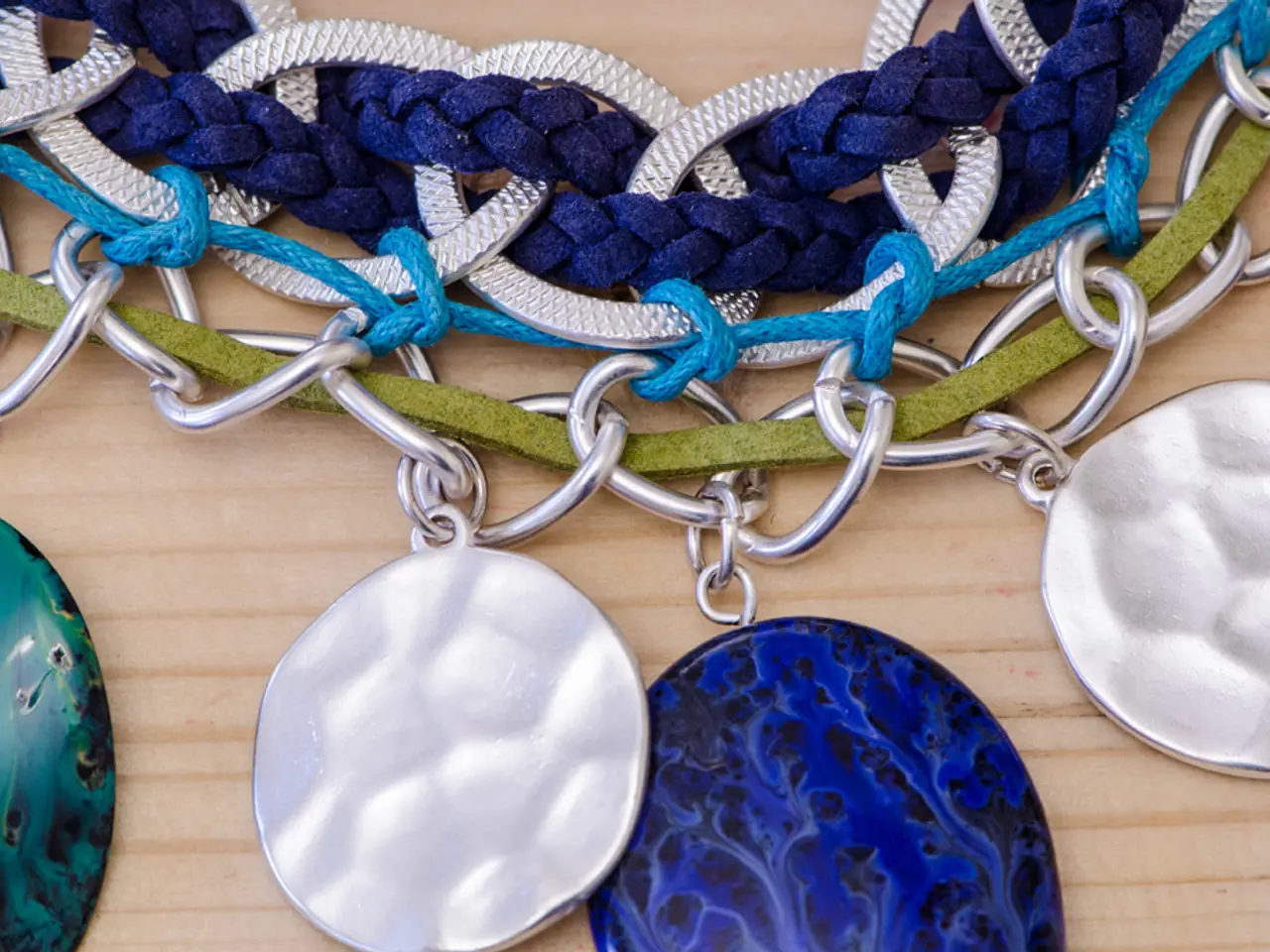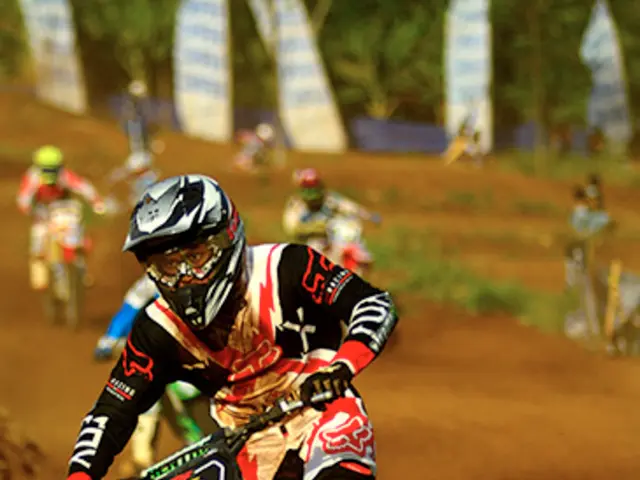Assessing Might: Evaluation of Knot Tied by Humans
In a world where tangled cords and knotted ropes abound, the ability to accurately evaluate knot strength becomes crucial. Whether securing a tent while camping, tying a fishing line, or navigating the high seas, the difference between a strong knot and a weak one can have significant consequences.
A study conducted by researchers Chaz Firestone and Sholei Croom from Johns Hopkins University aims to shed light on this surprising blind spot in human physical reasoning abilities. The evaluation of knot strength, it turns out, is far more complex than one might initially think.
The complexity of knot structure and human perception plays a significant role in our inability to accurately judge knot strength. Knots are three-dimensional structures that can look very different depending on how they are bent, twisted, or oriented. Our visual system and intuition mainly interpret two-dimensional patterns, but the actual strength and stability of a knot depend on subtle spatial arrangements and tension distribution that are not obvious from appearance alone.
Moreover, the external look of a knot can be deceptive. Some knots with many crossings or intricate shapes may actually be weaker because they create points of high stress concentration or allow slipping under load, while simpler-looking knots might be stronger. People tend to rely on visual complexity as a proxy for strength, which is often incorrect.
The study also highlights the lack of intuitive understanding of mechanical forces. The strength of a knot depends on how the tension loads are distributed across the rope fibers and how much friction is generated internally. People usually don't have intuitive knowledge of these mechanical interactions, leading to poor judgment about which knots hold better under stress.
Furthermore, rope and knots can deform in response to force, changing shape and affecting strength. Knot theory studies conceptual knots as flexible loops that can be bent or twisted without cutting, but real knots under load behave dynamically and may not match static perceptions.
The findings of the study have practical implications for safety in various fields, such as rock climbing and sailing. By unraveling the complexities of knot physics, researchers aim to improve safety in these fields by providing a deeper understanding of how our brains process spatial information and make judgments about the physical world.
The study presented participants with four distinct knots: the "thief", "reef", "granny", and "grief" knots. The grief knot, despite its seemingly sturdy appearance, was identified as the weakest among the four. This is due to the fact that the grief knot has two bitter ends on opposite sides, making it weaker.
The conclusions of the study emphasize the importance of questioning our assumptions about the physical world. By understanding the factors that contribute to our struggle to accurately judge knot strength, we can make more informed decisions and improve safety in various practical applications where knot strength is a critical factor. The study serves as a case study for scientists studying human physical intuition, offering a fascinating insight into the intricacies of human perception.
In the realm of science, the research by Chaz Firestone and Sholei Croom from Johns Hopkins University delves into the complexities of knot strength evaluation, a crucial aspect in various health-and-wellness (camping, fishing) and fitness-and-exercise (sailing, rock climbing) activities. Unexpectedly, the study reveals that our understanding of mechanical forces, including knot physics, is not as intuitive as we may think. This means that our judgments about knot strength, influenced by visual complexity and spatial arrangements, can sometimes be misleading, which highlights the need for improved knowledge in health-and-wellness and fitness-and-exercise sectors. Additionally, advancements in technology could potentially aid in understanding knot behavior under load more accurately, thereby enhancing safety in these activities.




